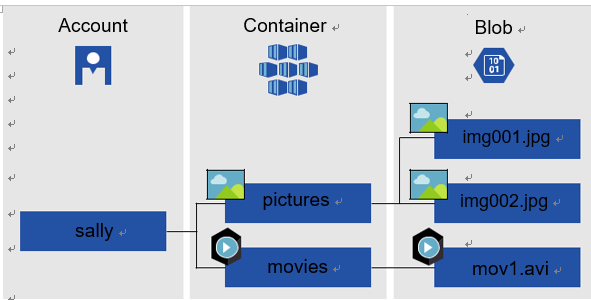Skill 3.1: Describe capabilities of Azure Storage
This section will deepen your understanding of Azure Storage, one of the core services provided by Microsoft’s cloud platform, Azure. It’s crucial to comprehend the Azure Storage capabilities because Azure Storage forms the foundation of data management in Azure. Azure Storage is not only durable, secure, and scalable but also offers various types of storage, each designed to address specific business needs.
The types of Azure Storage we will focus on in this section are Blob storage, File storage, and Table storage. Blob storage is designed to handle a large amount of unstructured data, such as text or binary data. File storage offers shared storage for applications using the stan-dard SMB protocol, and Table storage is Azure’s NoSQL offering for the schema-less storage of structured data.
Understanding the capabilities of each of these storage types, their potential use cases, and their limitations is an essential part of designing efficient and effective data solutions in Azure. By the end of this section, you’ll have a solid understanding of these services, empower-ing you to choose and implement the best Azure Storage service for your specific application requirements.
Remember, while the breadth of Azure Storage may seem overwhelming at first, a methodi-cal approach to learning and understanding each component’s functionality can simplify the process significantly. Stay focused, remain curious, and let’s dive into the fascinating world of Azure Storage.
This skill covers how to:
- Describe Azure Blob storage
- Describe Azure Data Lake Storage Gen2
- Describe Azure File storage
Describe Azure Blob storage
Azure Blob storage is a service for storing a large amount of unstructured object data, such as text or binary data. Blob storage can handle all sorts of data such as documents, media files, application installers, and data for backup, restore, archive, and disaster recovery purposes.
Blob storage can manage blobs that are hundreds of gigabytes in size. This scalability, along with its cost-effectiveness and durability, makes it an excellent choice for data that must be readily available for access from anywhere in the world.
Figure 3-1 represents the Blob storage hierarchy.
74 CHAPTER 3 Describe considerations for working with non-relational data on Azure

FIGURE 3-1 Blob storage hierarchy

Leave a Reply